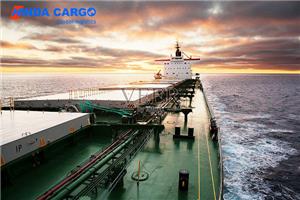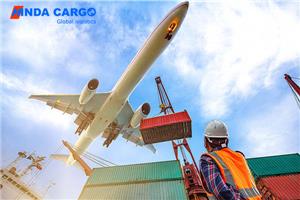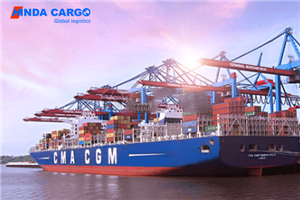How much cargo can a cargo ship carry in international shipping?
As the backbone of global cargo trade, international shipping undertakes most of the cargo transportation tasks of global import and export trade. In this process, the carrying capacity of cargo ships (especially container ships and bulk carriers) directly determines the efficiency, cost and benefits of shipping. So, how much cargo can a cargo ship carry?
In order to answer this question, we need to analyze from many aspects, including key factors such as the type of cargo ship, tonnage, choice of shipping route, and loading method. This article will explore these factors in depth and comprehensively answer the question of cargo ship carrying capacity.

What are the types of cargo ships?
There are many types of cargo ships in international shipping, and the design purpose and carrying capacity of each ship type are different. According to the different types of cargo, they are mainly divided into the following common cargo ships:
Container ship
Container ship is the most common ship type in international shipping, which is specially used to carry standardized containers. The standard sizes of containers are 20 feet and 40 feet. This standardized design greatly improves loading and unloading efficiency and transportation flexibility.
The carrying capacity of container ships is measured in TEUs (twenty-foot equivalent units), and the world's largest container ships can carry more than 24,000 TEUs. Generally speaking, medium-sized container ships can carry 5,000 to 10,000 TEUs, while small near-sea container ships usually carry 1,000 to 3,000 TEUs.
Bulk carriers
Bulk carriers are mainly used to carry large bulk cargoes such as coal, ore, grain, etc. The carrying capacity of bulk carriers is measured in tonnage and is divided into different classes. The largest ship type is the Capesize bulk carrier, which usually has a carrying capacity of more than 150,000 tons, while the Panamax bulk carrier can carry about 60,000 to 80,000 tons of cargo.
Different bulk carrier classes determine that they are suitable for different routes and cargo types. Capesize ships cannot pass through the Panama Canal due to their huge size and can only go around the Cape of Good Hope, while Panamax ships can pass through the Panama Canal.
Liquid cargo ships (tankers and liquefied gas ships)
Liquid cargo ships are specially designed to carry liquid cargoes such as crude oil, refined oil, liquefied natural gas (LNG), etc. The carrying capacity of tankers is usually measured in deadweight tons (DWT), with supertankers (VLCC and ULCC) carrying capacities ranging from 200,000 to 350,000 tons, and medium-sized tankers carrying capacities ranging from 50,000 to 80,000 tons.
The carrying capacity of liquefied gas ships is relatively small, but due to the large volume of liquefied natural gas, a special low-temperature environment is required during transportation, so the carrying capacity is usually calculated by gas volume, such as 50,000 to 200,000 cubic meters.
Ro-Ro ships
Ro-Ro ships are mainly used to transport vehicles such as cars and trucks, and their carrying capacity depends on the number and volume of vehicles. Generally speaking, ro-ro ships can carry thousands of cars, and the carrying capacity of each ship is usually measured in terms of the number of cars.
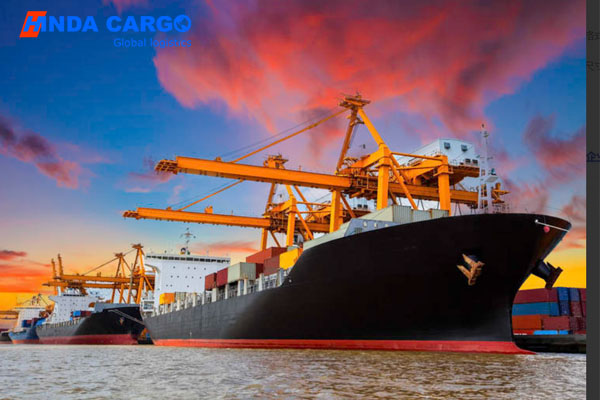
What is the measurement standard for the carrying capacity of cargo ships?
When discussing the carrying capacity of a cargo ship, the most commonly used measurement standards include deadweight tonnage (DWT), gross tonnage (GT), and TEU capacity of container ships. These standards reflect the different carrying capacities and loading methods of cargo ships.
Deadweight Tonnage (DWT)
Deadweight tonnage (DWT) refers to the total weight of cargo, fuel, fresh water, crew and their belongings that a ship can carry. DWT is one of the important standards for measuring the carrying capacity of cargo ships, especially in bulk carriers and tankers, where DWT directly determines the upper limit of the cargo loading of the ship. For example, a supertanker with a DWT of 300,000 tons can carry up to 300,000 tons of crude oil when fully loaded.
Gross Tonnage (GT)
Gross Tonnage (GT) is another standard for measuring the size of a ship, reflecting the internal volume of the ship. This standard is often used to measure the carrying capacity of container ships or ro-ro ships, because the cargo hold volume of these types of ships directly determines the amount of cargo that can be loaded. For example, a ship with a GT of 200,000 means that it has enough space inside to carry the corresponding number of containers or vehicles.
TEU (Twenty-foot Equivalent Unit)
The carrying capacity of a container ship is mainly measured by TEU. TEU refers to the Twenty-foot Equivalent Unit, and a 40-foot container is equivalent to 2 TEUs. Taking the world's largest container ship as an example, its capacity can reach 24,000 TEU, which is equivalent to 12,000 40-foot containers.
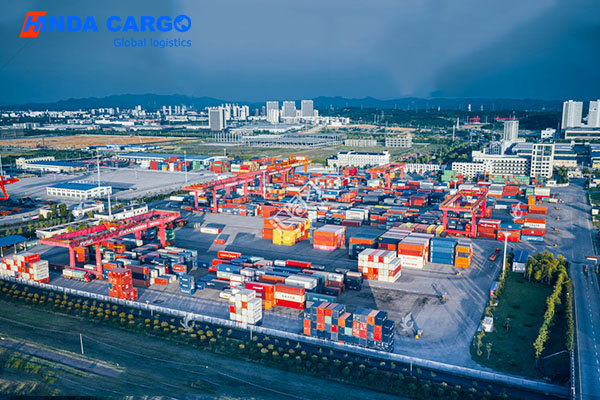
What factors affect the carrying capacity of a cargo ship?
Although each cargo ship has a maximum designed carrying capacity, in actual operation, many factors affect the amount of cargo it can actually carry.
Routes and voyages
The choice of routes has an important impact on the carrying capacity of cargo ships. For example, ships sailing longer distances need to carry more fuel, fresh water and other supplies, which will occupy part of the carrying space and reduce the actual load capacity available for cargo. In addition, ships sailing in bad weather or extreme sea conditions may limit the loading capacity for safety reasons to maintain stability.
Loading method
The way cargo is loaded also affects the ship's carrying capacity. For example, bulk carriers can stack cargo directly in the cargo hold, while container ships need to load through standardized containers, which are efficient to load and unload, but also limit the flexible use of space. In addition, some cargoes may take up more space due to their irregular shapes or require special storage conditions, resulting in the ship not being able to be fully loaded.
Ship structure and design
The design of different ship types determines their carrying capacity. For example, the design of very large tankers focuses on accommodating large amounts of liquid cargo, and their wide and deep hull structure maximizes the cargo hold volume. Container ships are usually long and narrow in design to stack more containers on the deck. In addition, the draft of the ship (the part of the hull that sinks in the water) is also one of the key factors in determining its maximum load. The deeper the draft, the more cargo the ship can carry, but it also limits its navigation in shallow water areas.
Cargo type and density
The density of the cargo is another factor that affects the load capacity. For example, high-density cargoes such as iron ore and coal occupy a small volume but are heavy, so bulk carriers often reach the deadweight limit when loading such cargoes and cannot continue to load more cargo. For some low-density cargoes, such as grain or cotton, the weight limit may be approached even if the ship's volume is not fully filled.

Actual Utilization of Cargo Ship Carrying Capacity
Although the design carrying capacity is very important, in actual operation, shipowners and carriers usually do not fully load cargo. This is because considering factors such as safety, efficiency and stability of the ship, cargo ships often need to reserve a certain margin when sailing. In addition, factors such as the port's loading and unloading capacity, customs clearance procedures and cargo transshipment requirements will also affect the actual loading of cargo ships.
For example, the infrastructure of some ports may not be able to support the berthing of ultra-large cargo ships, and the ships need to unload at anchorages far away from the port or transport them in batches by barges, which may result in the cargo ship not being fully loaded when it arrives at the destination.
Through analysis, it can be seen that the carrying capacity of a cargo ship depends on many factors, especially the ship type, route, type of cargo and loading method. In international shipping, container ships, bulk carriers, tankers and ro-ro ships are the most common types of cargo ships, and their carrying capacity ranges from several thousand tons to hundreds of thousands of tons.
In actual operation, although the design carrying capacity of cargo ships is the upper limit, due to the influence of various factors such as navigation conditions, cargo type, ship structure, etc., the actual loading capacity is usually slightly lower than the theoretical maximum value.

